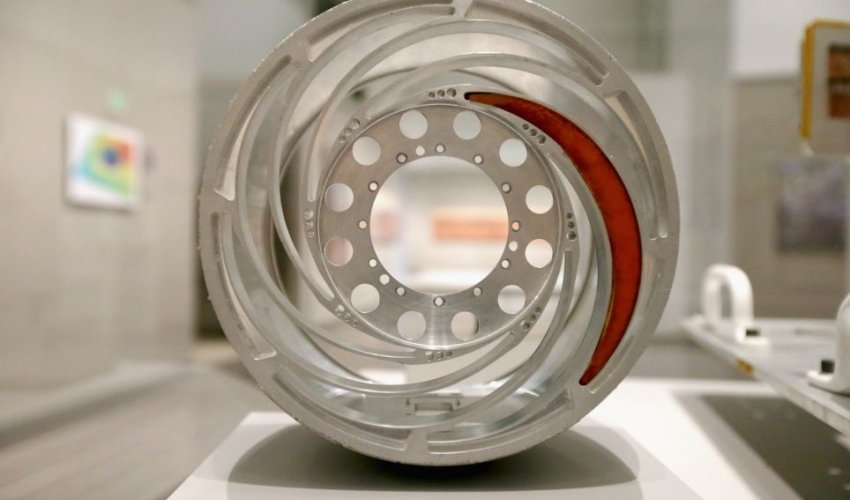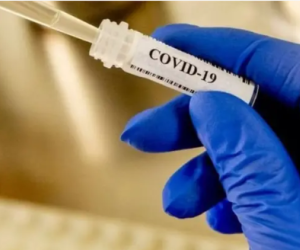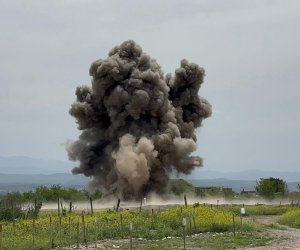Stunning images of the red planet taken by Spirit and Opportunity - PHOTO

The discovery of Martian clusters, known as ‘blueberries’, a decade ago provided some of the first evidence of liquid water on the red planet.
This incredible close up, taken by the Mars Rover Opportunity, reveals these spheres embedded in Martian rock like blueberries in a muffin.The image is part of an exhibition by the Smithsonian's National Air and Space Museum presenting more than 50 of the best photographs from two rovers known as Spirit and Opportunity.Ten years after Nasa landed the two rovers on Mars for a 90-day mission, one is still exploring, and the project has generated hundreds of thousands of images from the planet's surface. The Mars Rover Opportunity found this 'blueberry' cluster at its Eagle Crater landing site and analysed the composition with its spectrometers.Previous theories suggested they were created by simple chemical reactions without the help of life. However, research last year revealed clear evidence that microbes were essential in their formation.This raised the possibility that Martian ‘blueberries’ may not only reveal that water was present on Mars - but also ancient microbial life.‘Spirit and Opportunity: 10 Years Roving Across Mars’, curated by the scientists who have led the mission, opens tomorrow in Washington.Along with unusual ‘blueberry’ clusters, it includes large-scale photographs of craters, hills, dunes, dust clouds, meteorites, rock formations and the Martian sunset.John Grant, a planetary geologist at the museum who is part of the rover mission team, organised the exhibition, in part as a travel log with images on one side from Sprit and images from Opportunity on the other.The rovers landed in January 2004 on opposite sides of Mars and began exploring volcanic deposits and plains, as well as meteorites and impact craters.‘Every one of the images you see here tells a story of discovery that goes along with the story of beauty on Mars,’ Dr Grant said.‘It's a look at an alien planet through the rovers' eyes.’Uncovering signs of the past presence of water and a more habitable environment are among the rovers' most important discoveries. Some were made by accident.After about 800 days, one of Spirit's front wheels stalled and stopped functioning. The engineering team decided to continue driving it in reverse, dragging the broken wheel across the Martian surface.That dragging dug a trench behind the rover that soon uncovered a new material as white as snow.It turned out to be silica material that would normally be found in hot springs and hydrothermal systems - habitable environments.‘It was a total surprise,’ said Steven Squyres, an astronomy professor at Cornell University who headed the Mars Exploration Rover mission.‘It was just pure good luck. We wouldn't have even seen that if we didn't have the busted wheel.’The rovers also found concretions and layered sedimentary rocks made of sulphate salt that showed water had once been on the planet's surface.While some panoramic images clearly show the red Martian landscape, other images focus on other colours that can be found in Mars' rocks, soil and sky.One image of the Martian sunset shows a bluish colour in the sky, which is usually pink in the daytime due to the reddish dust in the atmosphere. It turns blue at sunset - the opposite of Earth, Professor Squyres said.Jim Green, Nasa director of planetary science, said the rovers have made huge strides in learning about Mars to eventually send humans there.The Curiosity rover is also now exploring the surface of the red planet, and Nasa plans to send more rovers before humans.(dailymail.co.uk)ANN.Az
Similar news
Similar news




































 Photo
Photo 



 Video
Video 

